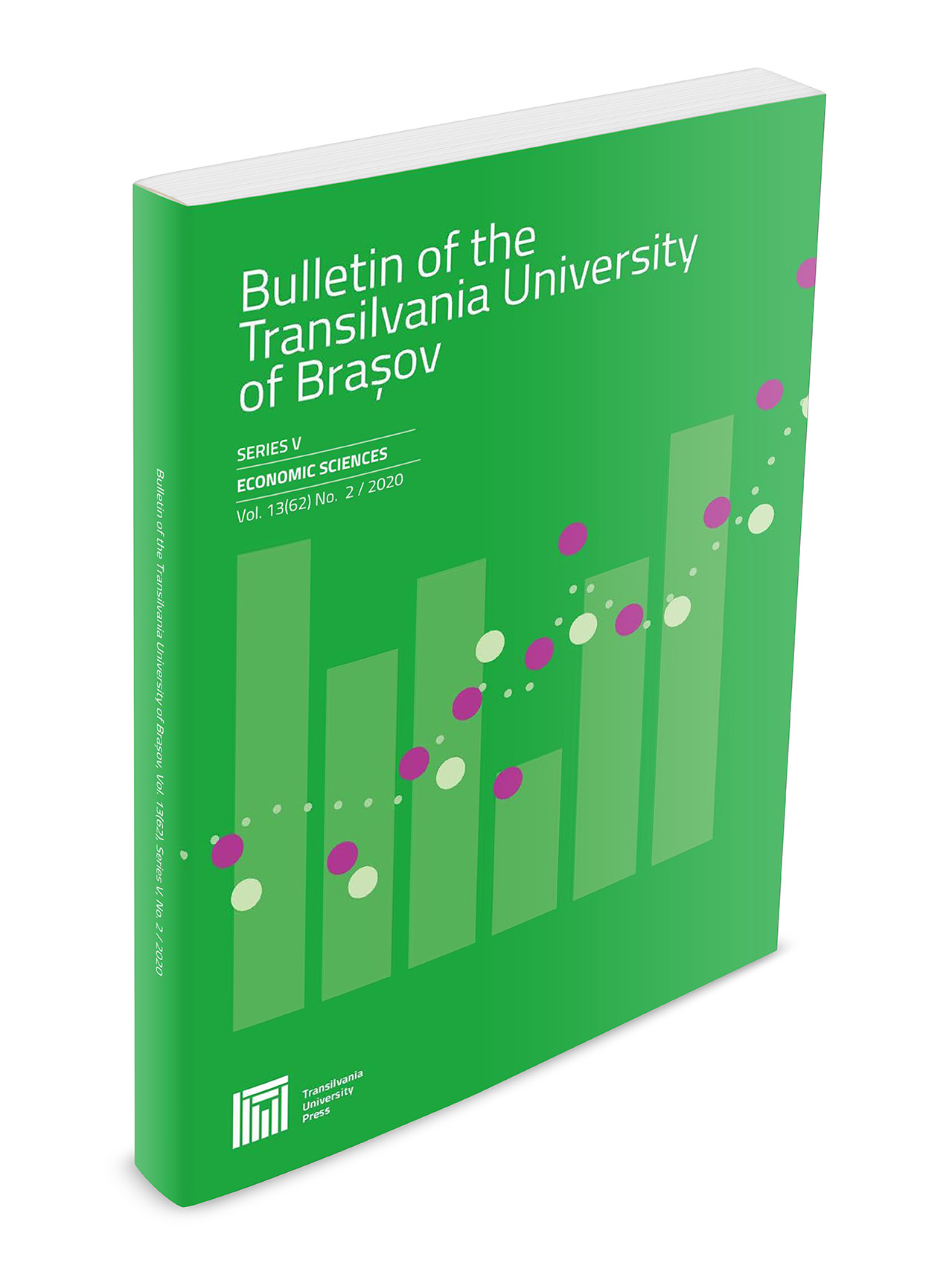Managing Exchange Rate Volatility during Political Crises
DOI:
https://doi.org/10.31926/but.es.2022.15.64.1.9Keywords:
exchange rate administration, modelling and forecasting exchange rate volatility, TRY/USD, GARCH (1, 1) modelAbstract
The goal of this paper is to show how the exchange rate volatility could be managed during political crises, using as a case study the fragile the political relationship between USA and Turkey between 2014-2019. The Turkish Lira has dramatically dropped against the US dollar to a record low level in August 2018. The Turkish president accused the American president of economic war, insisting that his country would survive an economic assault, but neglecting to comfort financial markets (worried about the breakdown of the national currency of a crucial emerging economy). Meanwhile, investors feared that a financial crisis could spread throughout Europe. Fears of contagion remained high, although the central bank of Turkey pledged to provide liquidity for Turkish banks. In this background, this paper tries to find if different specifications of univariate GARCH models can anticipate volatility in the foreign exchange market. Our study uses estimates from a symmetric GARCH model, namely GARCH (1,1) for the TRY/USD exchange rate. The data set was obtained from “Investing.com” and covers the period January 2014 – to October 2019. This study shows that GARCH (1, 1) can be successfully applied in modeling and forecasting the volatility trend of the currencies and so in exchange rate administration.Downloads
Published
Issue
Section
License
Copyright (c) 2022 Bulletin of the Transilvania University of Brasov. Series V: Economic Sciences

This work is licensed under a Creative Commons Attribution 4.0 International License.




